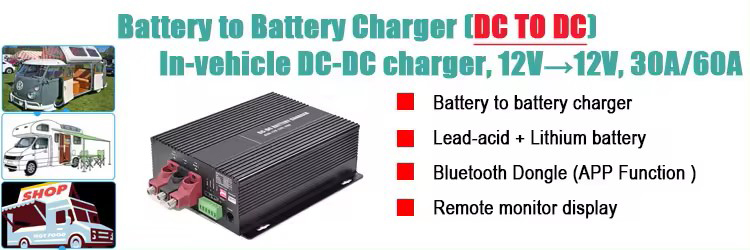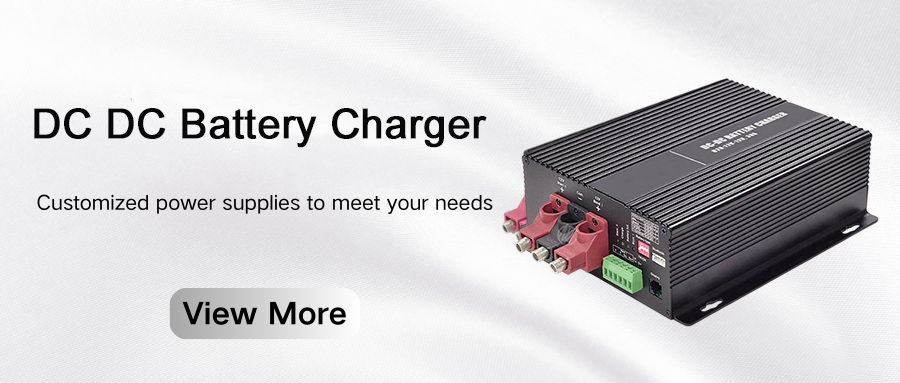What is a lithium battery?
Lithium batteries are a common secondary battery, commonly used in electronic devices, electric vehicles, solar energy storage systems and other fields. Its working principle is to store and release charges through the migration of ions between the positive and negative electrodes.
Structure of lithium batteries
Lithium batteries consist of positive electrodes, negative electrodes, electrolytes and separators. The positive and negative electrodes are usually made of conductive materials, such as lithium oxides are often used for the positive electrode, and carbon or lithium metal is used for the negative electrode. The electrolyte is generally liquid or solid, which is used to conduct electricity and separate the positive and negative electrodes. The separator is used to prevent direct contact between the positive and negative electrodes while allowing the transmission of ions.
Charging process of lithium batteries
During the charging process, the positive and negative electrodes of the lithium battery react. The lithium ions (i.e., Li+ ions) on the positive electrode release electrons, which in turn form a chemical reaction between lithium ions and electrons. These lithium ions pass through the electrolyte and migrate to the negative electrode through the separator. At the same time, the electrons flow back to the positive electrode through the external circuit, causing the potential difference between the positive and negative electrodes to begin to increase. This process will continue until the active material on the positive electrode and the lithium ions on the lithium negative electrode reaction are completely converted and easily released.
When the lithium battery is discharged, the reaction direction is reversed. The active material on the positive electrode begins to recombine with the lithium ions to form lithium compounds. This process releases the lithium ions stored in the lithium compounds and forms electrons. At the same time, the electrons flow out of the negative electrode and return to the positive electrode through the external circuit, thereby generating electrical energy. This process will continue until the potential difference between the positive and negative electrodes drops to a certain level, or the lithium ions in the battery are completely exhausted.
In order to charge and discharge efficiently, lithium batteries require good conductive materials and electrolytes. In the positive electrode, the process of lithium ion insertion and deinsertion requires materials with high conductivity and electrochemical reaction activity. Common positive electrode materials include oxides such as lithium manganese oxide, lithium cobalt oxide and cobalt trioxide. In the negative electrode, carbon materials are usually used to absorb and release lithium ions. At the same time, the electrolyte must be able to conduct electricity well and prevent the passage of electrons, thereby achieving the separation of positive and negative ions.
Lithium batteries play a huge role in modern society. They have the advantages of high energy density, light weight, short charging time, long cycle life and good environmental sustainability. With the advancement of technology, the capacity and efficiency of lithium batteries are still improving, bringing more convenience and sustainable energy solutions to our lives.
IDEALPLUISNG Power Expert:
We focus on the research and development, sales and services in the fields of DC-DC power modules, AC-DC rectifier modules, DC-AC inverters, AC power supplies, DC power supplies, LED power supplies, chargers, rectifier systems, etc., providing personalized, efficient, reliable and cost-effective power solutions for all walks of life.
If you need any help, please contact us now! We will not charge any fees for any questions you may have, but this may be an opportunity for both of us!
Thank you for considering our services.







